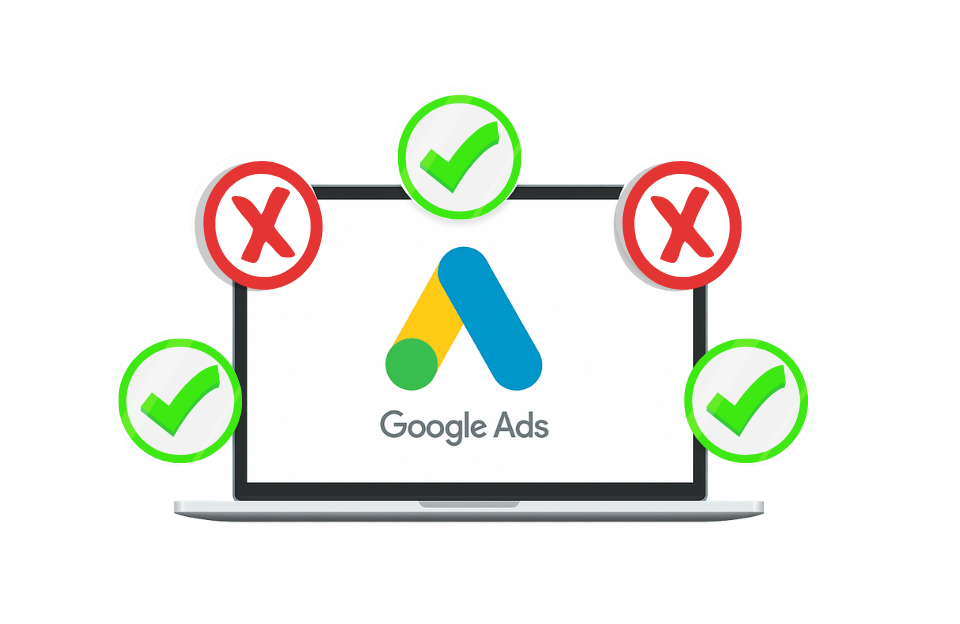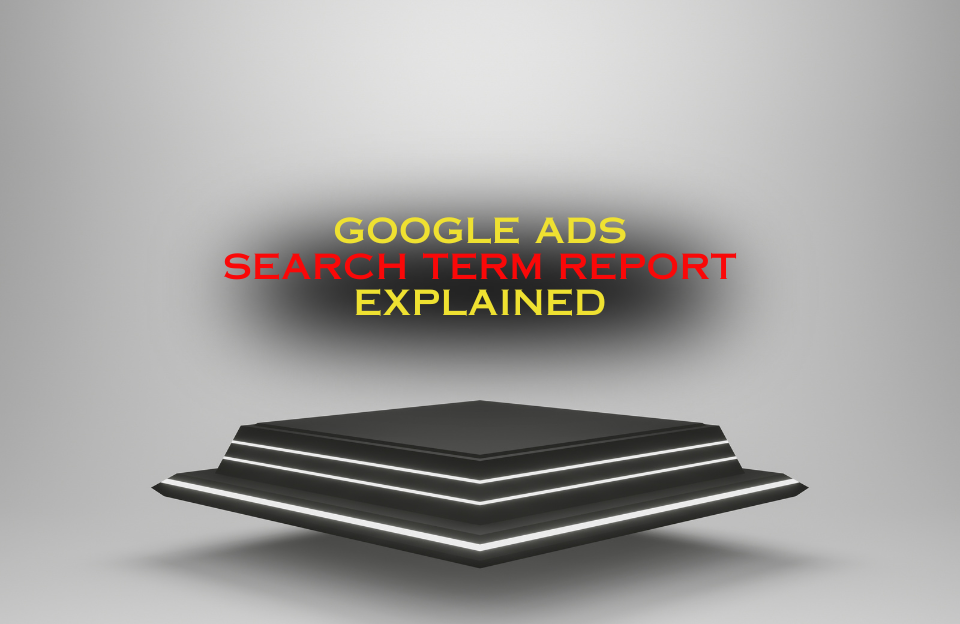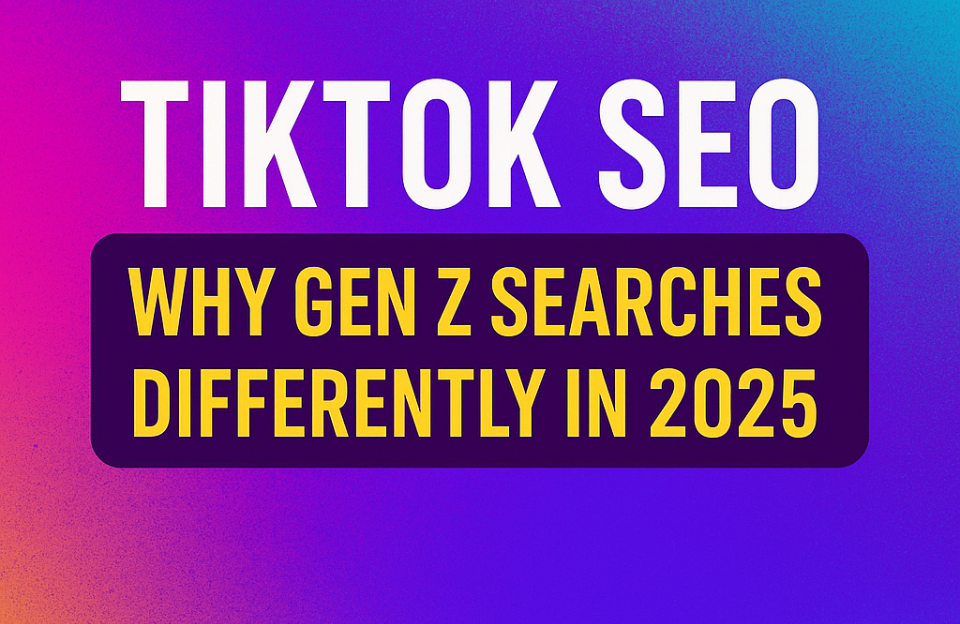Google Ads can be a growth engine — but only when campaigns are planned, measured, and iterated with intent. Below are the seven mistakes that most often burn budget, plus practical ways to diagnose, fix, and monitor each one.
1. Using the wrong keyword match types
Defaulting to broad match without controls can trigger irrelevant queries and inflate spend. If you’re newer to Google Ads, start by understanding how match types actually work and where they differ in reach and control.
Quick diagnosis: In the Search Terms report, look for low-intent phrases and poor conversion rates driven by broad queries.
Fix: Begin with phrase/exact for control, then test broad only with strong negatives and audiences. Deep dive: Keyword Match Types in Google Ads.
2. Skipping negative keywords
Without negatives, you pay for searches that will never convert.
Quick diagnosis: Filter search terms for words like “free,” “cheap,” “jobs,” “tutorial,” or competitor brands you don’t want.
Fix: Maintain shared negative lists for brand-safety and intent filters. Apply at account or campaign level to scale. Learn how to mine terms efficiently in the Search Terms report guide.
3. Generic ad copy that misses intent
Vague RSAs depress CTR and Quality Score. Ads should mirror the user’s intent and the landing page offer.
Quick diagnosis: Compare ad relevance and CTR across ad groups; low numbers often signal weak message match.
Fix: Build RSAs with 8–12 varied headlines and 3–4 descriptions. Include the core keyword, a clear value prop, proof (reviews, guarantees), and a direct CTA. See the Responsive Search Ads guide and persuasion basics from Cialdini’s 7 Principles.
4. Sending traffic to the wrong landing page
Routing prospects to a generic homepage increases bounce and suppresses conversion.
Quick diagnosis: For each ad group, confirm the final URL answers the exact query and repeats the promise from the ad.
Fix: Use dedicated pages that align 1:1 with the keyword theme. Keep the headline, offer, and imagery consistent with your ad. Reduce friction: fast load, obvious CTA, and proof elements like testimonials or reviews.
5. No (or incomplete) conversion tracking
Optimizing without conversions is guesswork.
Quick diagnosis: In Google Ads, verify that meaningful actions (purchases, qualified leads, calls) are marked as primary conversions.
Fix: Implement Ads conversion tags or import GA4 conversions. Keep your tagging organized in GTM (start here: Intro to GTM and GTM Variables). If you’re using server-side tagging, see Web vs Server Container. To understand data gaps, read Why GA4 Data Doesn’t Match and practical consent-mode considerations in Consent Mode v2 & Data Enrichment.
6. Mixing too many goals in one campaign
Blended objectives blur signals and make budgets hard to control.
Quick diagnosis: If one campaign targets multiple countries, networks, or very different audiences, you’re likely under-optimizing.
Fix: Segment by objective (acquisition vs remarketing), audience, geography, and brand vs non-brand. Choose a bidding strategy that matches the goal: learn about Target ROAS, Target CPA, or Maximize Conversions. For broader strategy context, see Performance Max and What Is Google Ads?.
7. “Set it and forget it” management
Performance decays without regular tuning.
Weekly routine: Harvest search terms, refresh negatives, pause wasteful queries, and test one new ad variant per key ad group. Track competition trends in Auction Insights.
Monthly routine: Rebalance budgets, review bid strategies against goals (see Portfolio Bidding options), evaluate landing page tests, and expand winning keyword themes.
Conclusion: Proactive beats reactive
Success in Google Ads is less about hacks and more about disciplined basics: precise targeting, relevant messages, aligned pages, and clean measurement. Tackle the seven areas above and you’ll improve efficiency, lift conversions, and compound learnings over time. If you’re comparing channels, this primer helps: SEO vs SEA (and for business readers: SEO vs SEA for Business).
Lightweight checklist
- Match types: start with phrase/exact; add broad only with strong negatives and audiences (guide).
- Negatives: maintain shared lists; update weekly from the Search Terms report.
- Ads: intent-matched RSAs with value prop, proof, and CTA (RSA guide).
- Landing pages: message match, fast, clear CTA, proof (testimonials).
- Tracking: primary conversions in Ads; GA4 imports or Ads tags; GTM hygiene (Intro, Variables).
- Structure & bidding: split by objective/audience; match bidding to goals (tROAS, tCPA, Max Conversions).
- Cadence: weekly trims/tests; monthly budget + Auction Insights review.




